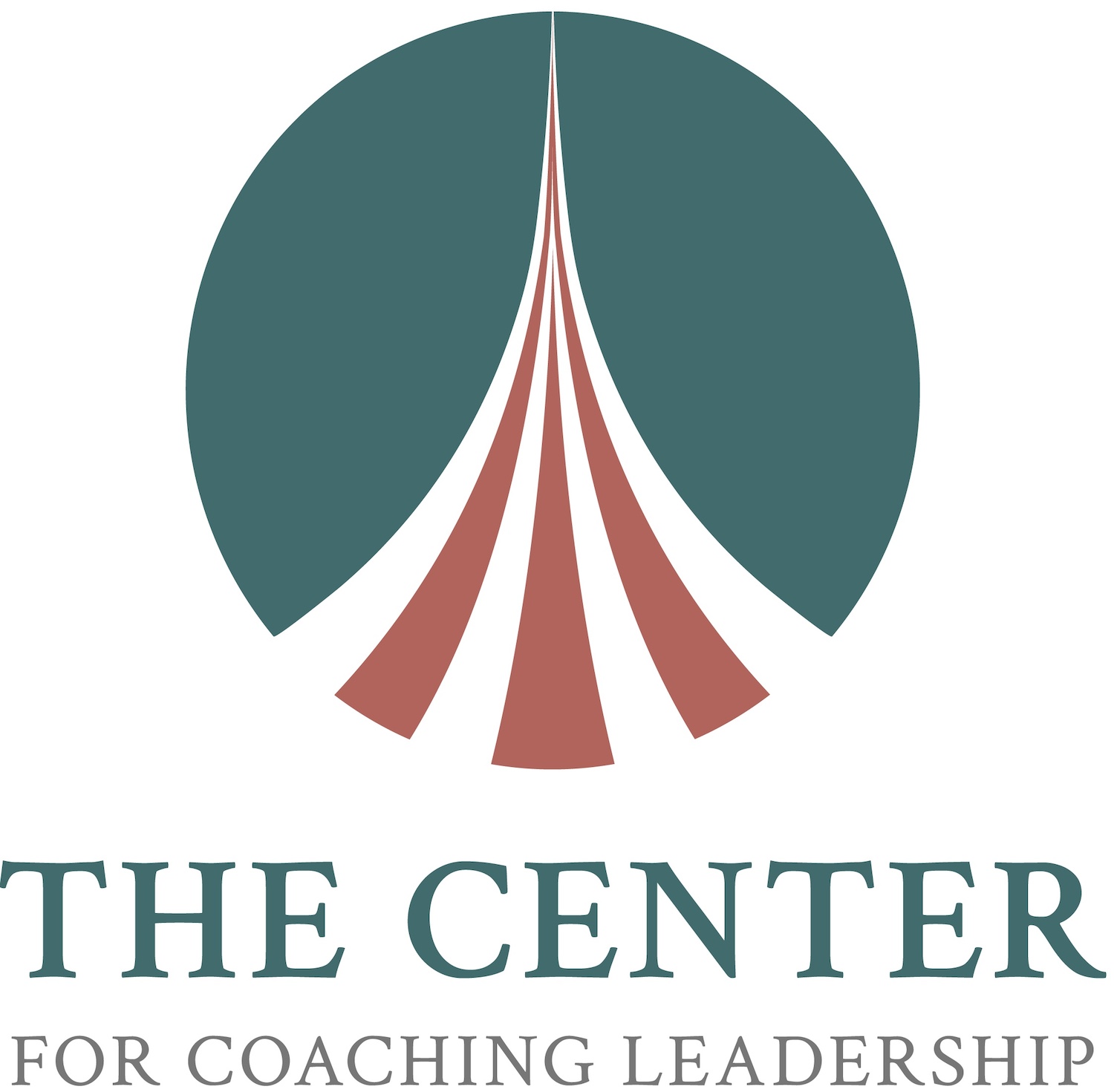An Introduction to the Coaching Leadership Style
Video Chapters
00:00 – Introduction
00:52 – What is Coaching Leadership?
05:12 – Where do we get a Return On Investment for coaching?
06:35 – Coaching is about building the 3 C’s
09:10 – How to achieve the goal of coaching
12:14 – What we get when we choose to become a coaching leader
13:23 – Comparing coaching to other common leadership styles
15:22 – Making a daily investment is why we coach
16:36 – Skillset change: moving from contributor to manager
19:34 – Another skillset change: moving from manager to leader
21:12 – The difference between motivation and inspiration
23:15 – The COACH Success Model
28:11 – Join us at the live in-person or virtual workshop
The COACH Success Model
C
Caring
The Coaching Leader genuinely cares. The prerequisite for all effective and sustainable leadership is somebody who cares. We must care about the mission, about our team members, about doing great work, about making an impact.
O
Organized
The Coaching Leader is supremely organized. They must thoroughly understand the vision, mission, and values of the organization. They must have a strong sense of the market and their organization’s position and value proposition. They must know the skills and capabilities of their team.
A
Adaptable
The Coaching Leader is adaptable. They seek to understand and implement change. They roll with setbacks with an eye every focused on the future. They are flexible with ideas, people, and approaches to work. They encourage new ideas and perspectives.
C
Creative
The Coaching Leader is creative. Generating a compelling vision, strategy, and next actions is an inherently creative process. They come up with new ideas, some of them harebrained. They find new ways to approach old problems. They help their team members think differently.
H
Healthy
The Coaching Leader is healthy. They know they can’t perform at a sustainably high level without taking care of themselves. Rest, nutrition, a focus on a few important projects, and saying no protects them and protects the team. They understand that we can do more by doing less.
